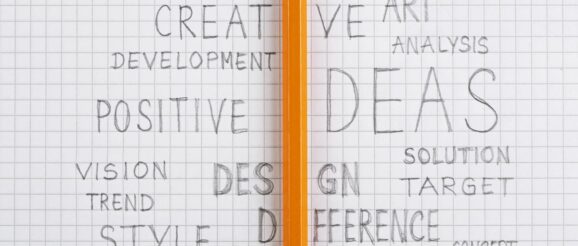How art education can be used to spark innovation and critical thinking in students – The Hindu

Education is essential in shaping the minds of future leaders and problem solvers in a world that constantly demands innovation and critical thinking skills. While Science, Technology, Engineering, and Maths (STEM) subjects are often emphasised, art education can help foster creativity, innovation, and critical thinking. Combining artistic expression with academic subjects is a powerful catalyst for inspiration and the expansion of perspectives. As a result, art education emerges as a dynamic instrument to stimulate innovation and foster critical thinking among students, especially in higher secondary classes.
Benefits
Problem-solving: By motivating students to face artistic obstacles and come up with innovative solutions, art education fosters problem-solving abilities. Students often have to analyse issues, deconstruct them into manageable parts, and come up with solutions as part of their artistic projects. This problem-solving mindset can be easily applied to various academic fields and real-world situations, enabling students to approach problems with confidence and creativity.
Cultural appreciation: Through exposure to artistic traditions, techniques, and viewpoints, art education promotes cultural appreciation and empathy. Students learn and appreciate the diversity and richness of human experiences by examining works of art from various cultures and historical periods. As students gain an understanding of various points of view, comprehend the intricacies of cultural expression, and accept variety in their own creative endeavours, this exposure fosters empathy.
Self-reflection: Art education helps students develop their emotional intelligence and self-awareness. They can express their deepest feelings through artistic projects that allow them to reflect on their ideas, feelings, and experiences. Thinking about how their work reflects their social and personal circumstances helps them introspect and develop critical thinking.
Creative exploration: Art education encourages students to explore new ideas, experiment with different materials, and think outside the box. By participating in drawing, painting, sculpture, and mixed media activities, they can create a distinctive viewpoint and learn to question conventional beliefs, look for alternative solutions, and value originality, all of which fosters inventive thinking.
Visual literacy: Art education allows students to comprehend and analyse visual information properly, gain the ability to discern complex visual cues, discover underlying meanings, and create connections between visual features and concepts. This visual literacy encourages them to examine, assess, and make informed decisions regarding the messages provided through visual representations.
Unlocking innovation: By promoting critical thinking and problem-solving abilities, enhancing visual literacy, and encouraging introspection and self-expression, art education helps students develop into well-rounded individuals who can innovate as well as accept innovation.
As educators, it is our responsibility to recognise the transformative power of art education and provide opportunities for students to harness their creative potential and prepare them to meet the challenges of the modern world with confidence and ingenuity.
The writer is the Co-Founder, Children’s Art Museum of India
